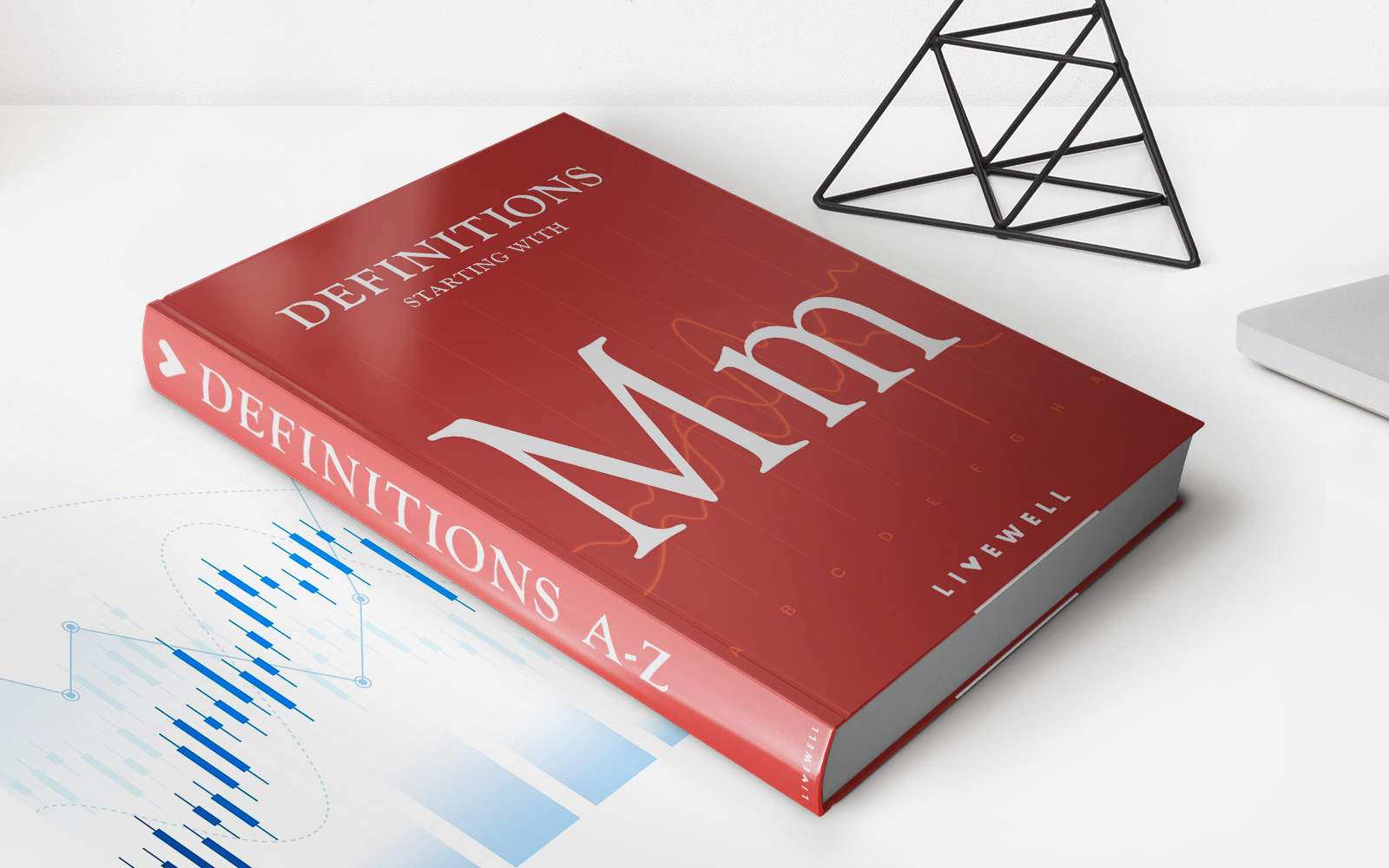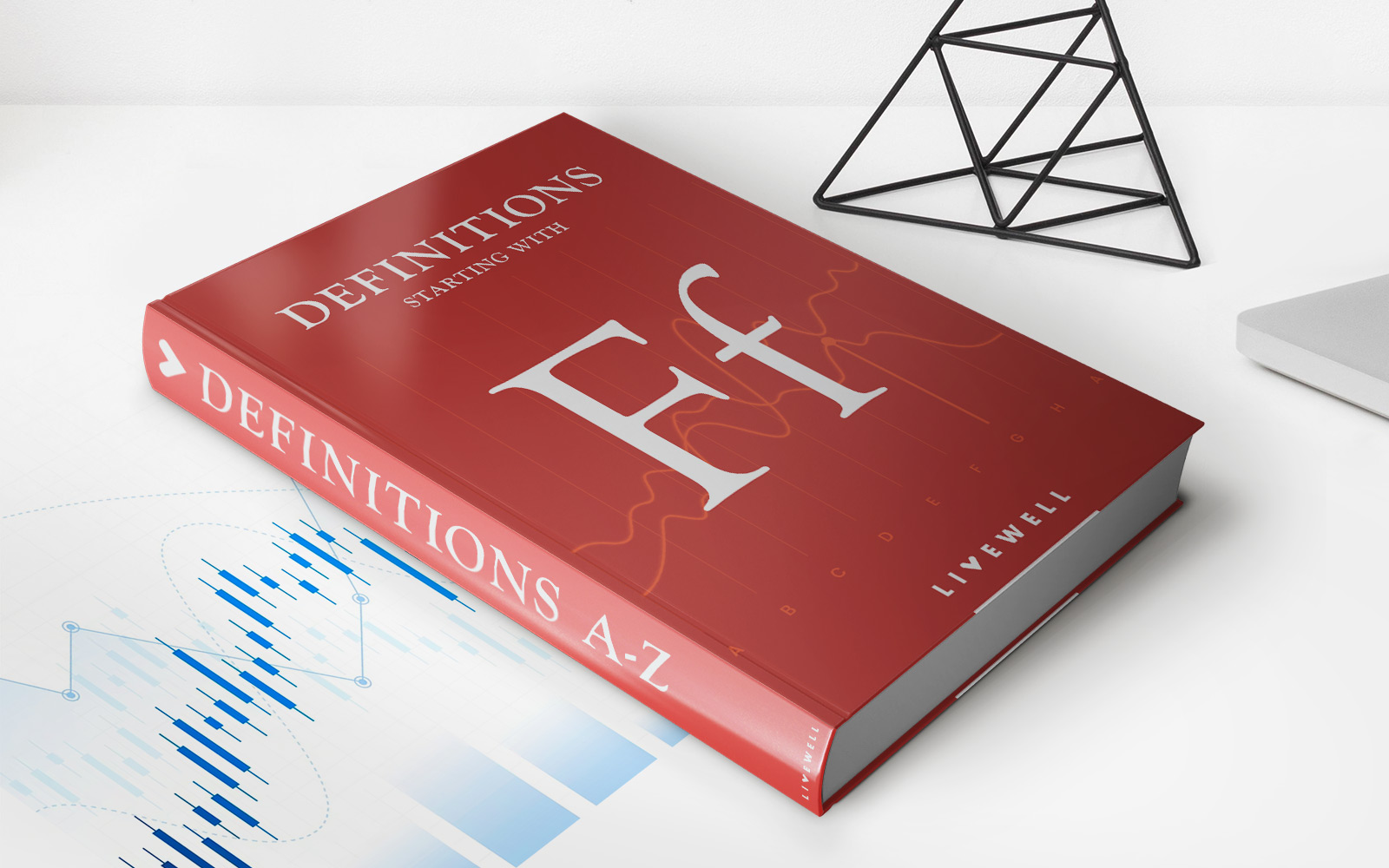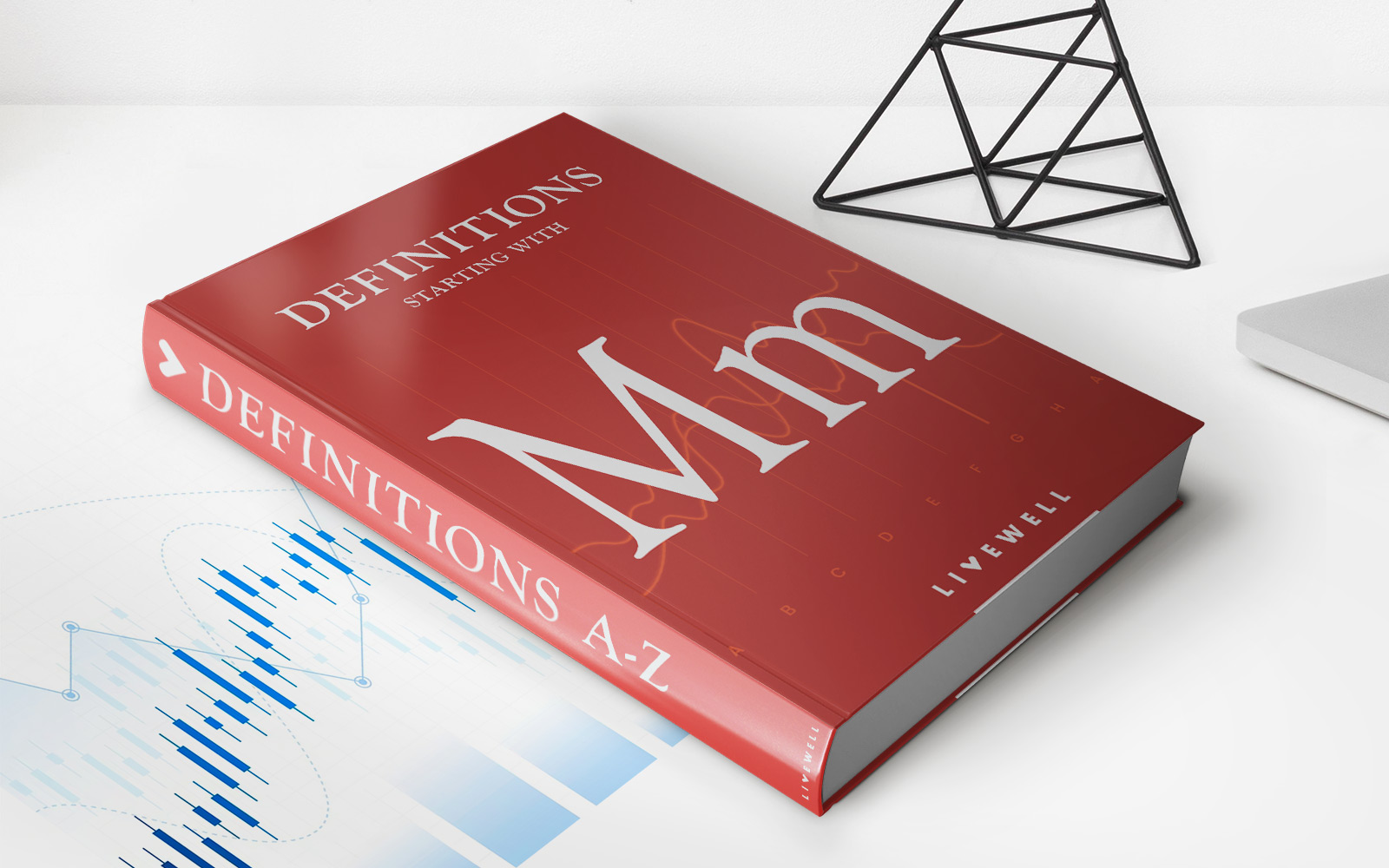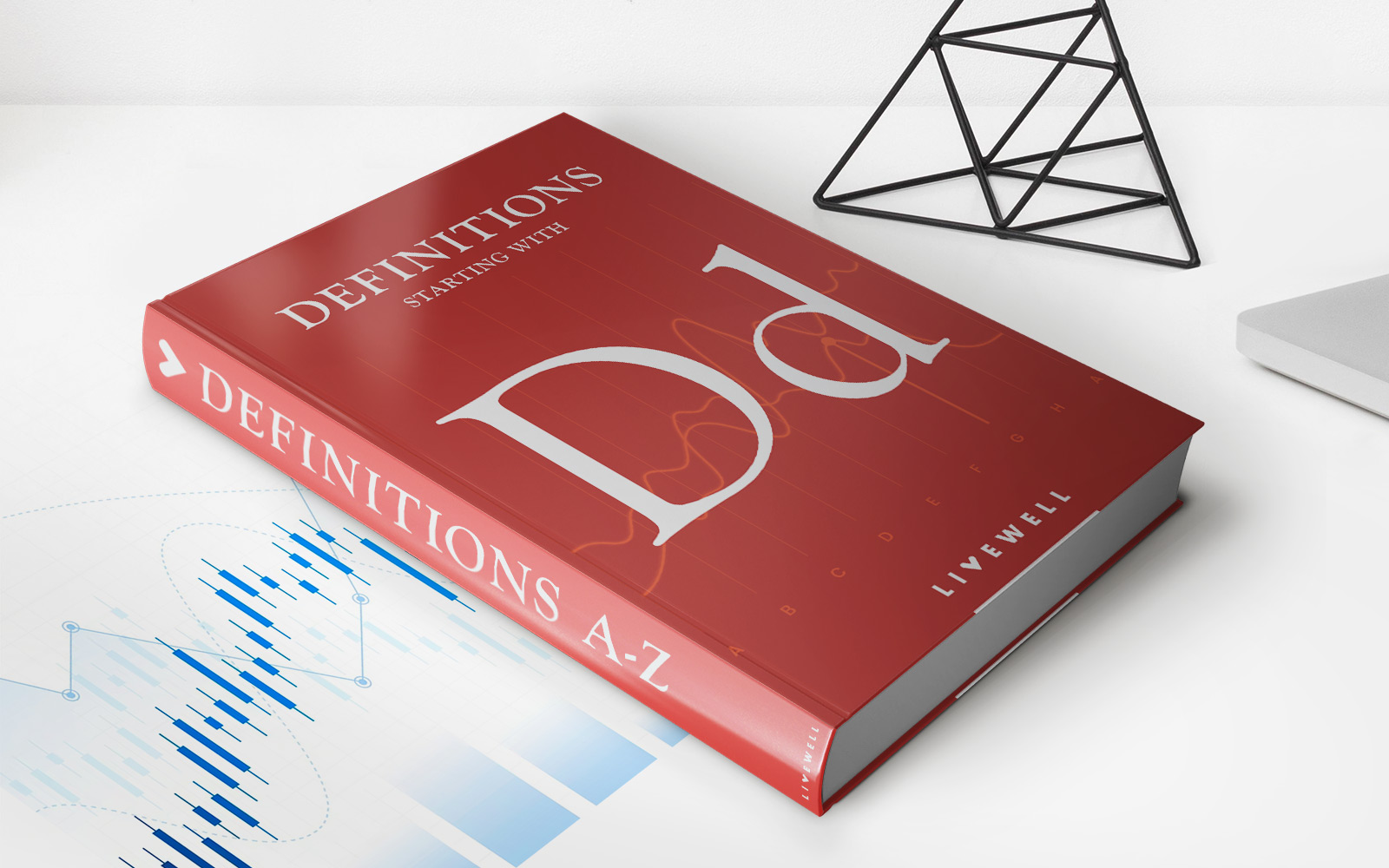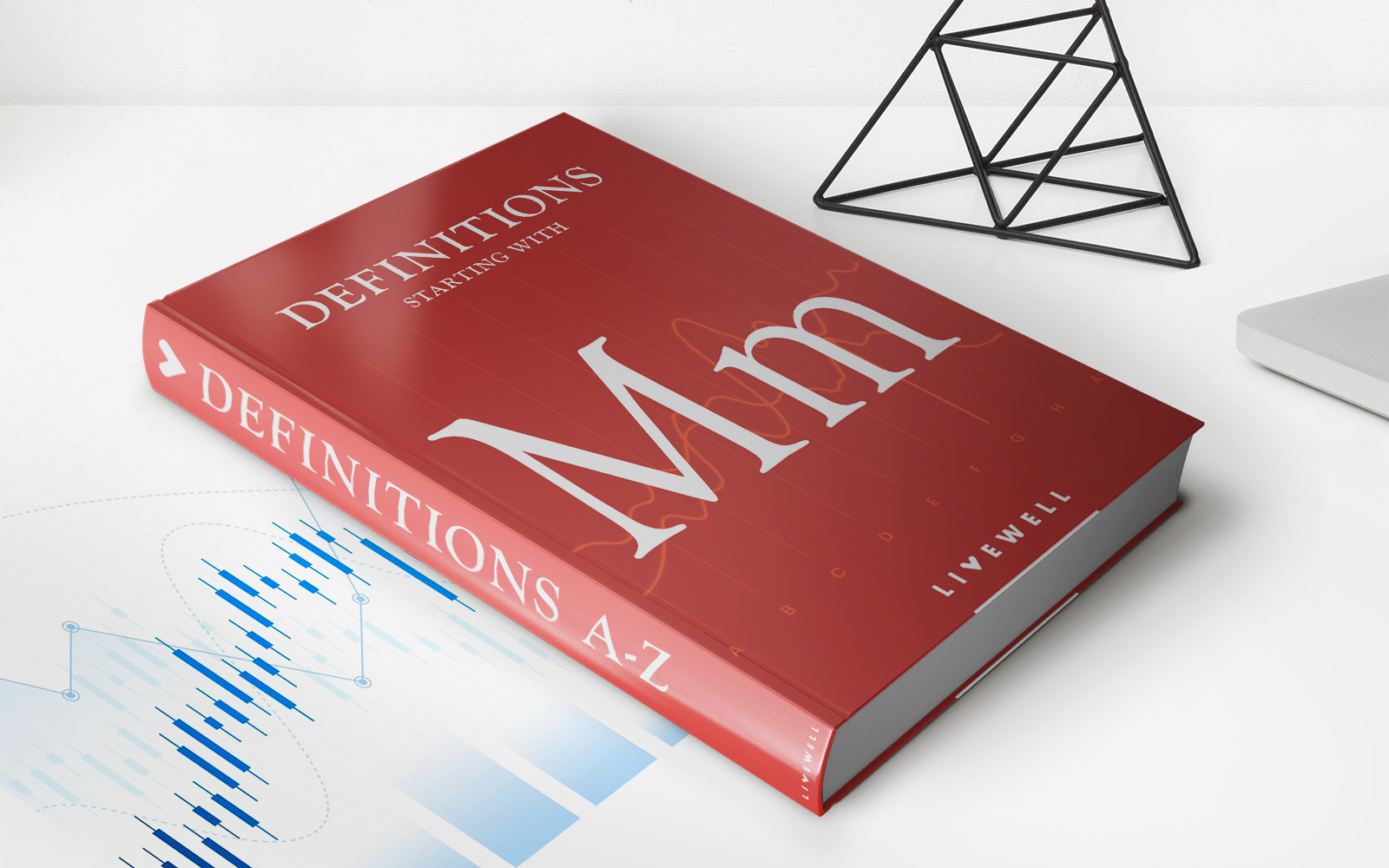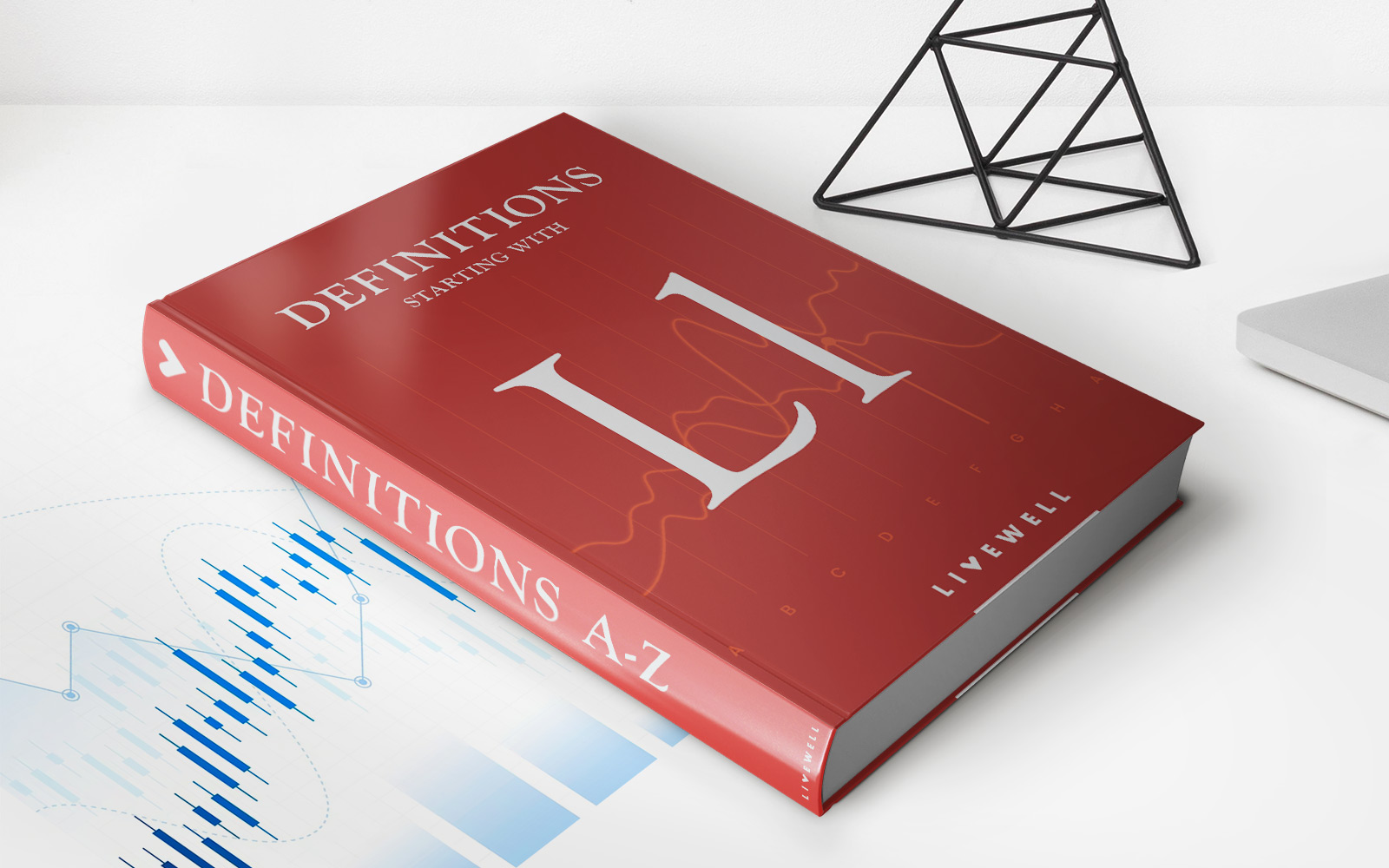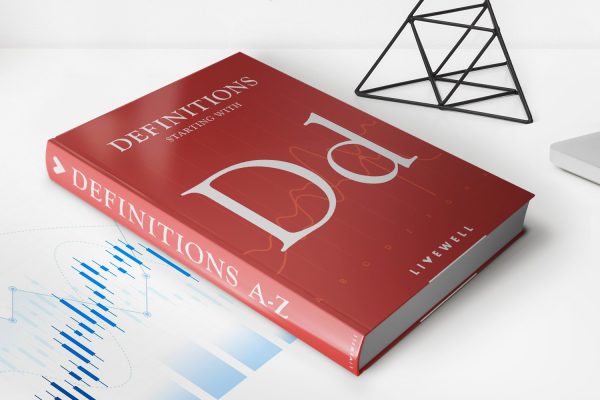Home>Finance>Exchange Rate Mechanism (ERM): Definition, Objective, Examples
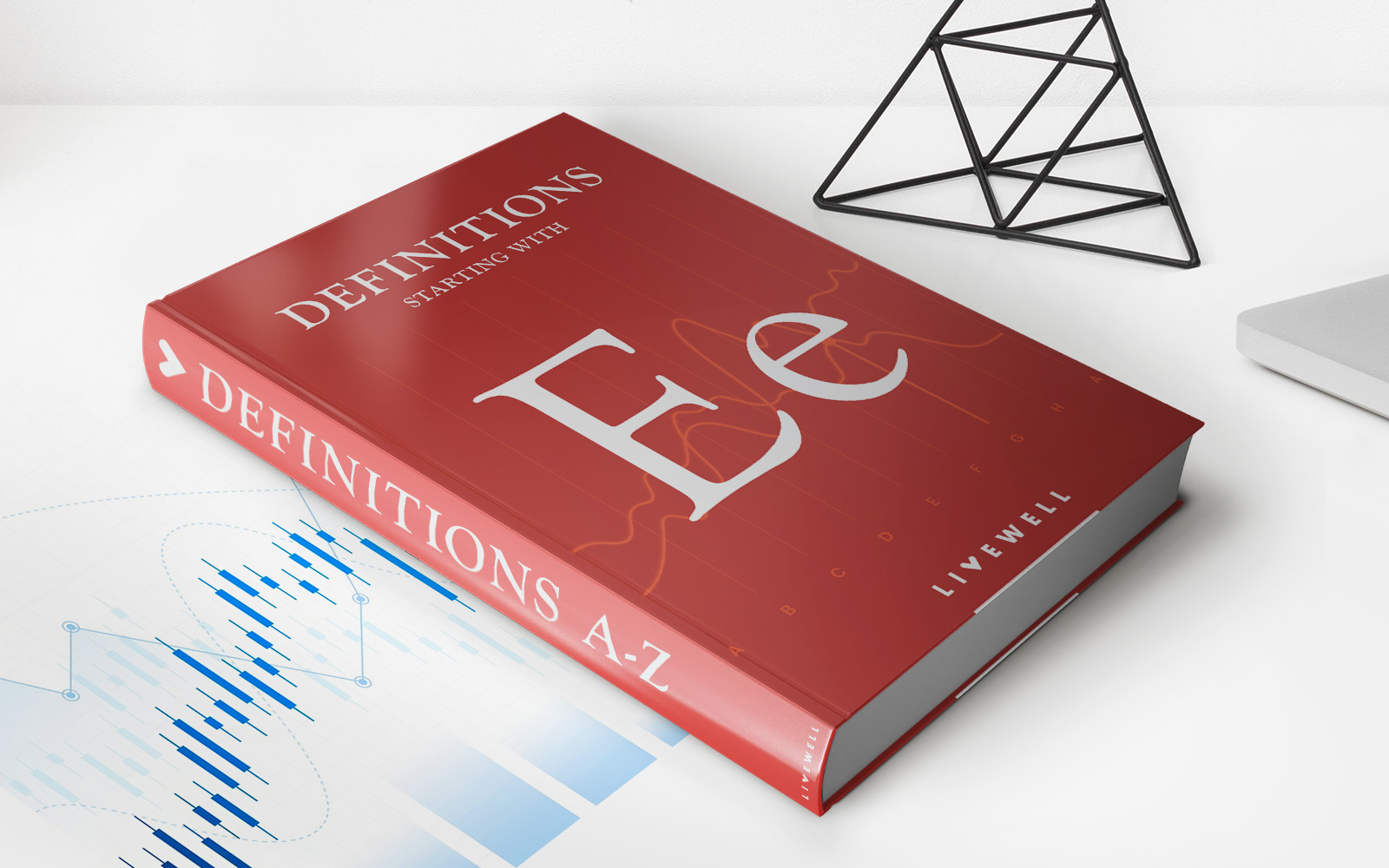

Finance
Exchange Rate Mechanism (ERM): Definition, Objective, Examples
Published: November 20, 2023
Learn about the Exchange Rate Mechanism (ERM) in finance, its definition, objectives, and examples. Understand how it impacts global currency exchange rates.
(Many of the links in this article redirect to a specific reviewed product. Your purchase of these products through affiliate links helps to generate commission for LiveWell, at no extra cost. Learn more)
Exchange Rate Mechanism (ERM): Definition, Objective, Examples
Welcome to our finance blog post where we explore the concept of Exchange Rate Mechanism (ERM). If you’re wondering what ERM is, its objective, and how it works, you’ve come to the right place. In this article, we will provide you with a comprehensive overview of ERM and give you some real-life examples to help you better understand its significance in the world of international finance.
Key Takeaways:
- Exchange Rate Mechanism (ERM) is a framework used to manage and stabilize exchange rates between different currencies.
- The primary objective of ERM is to promote stability in international trade and investment by minimizing excessive fluctuations in exchange rates.
What is Exchange Rate Mechanism (ERM)?
In simple terms, the Exchange Rate Mechanism (ERM) is a system used to manage and regulate exchange rates between different currencies. It is mainly employed by countries that maintain a fixed exchange rate regime or have chosen to adopt a managed float system.
The primary objective of ERM is to promote stability in international trade and investment. By specifying a central exchange rate, countries using ERM aim to minimize excessive fluctuations and uncertainty in exchange rates. This stability is crucial for fostering economic growth, attracting foreign investment, and reducing inflationary pressures.
How Does Exchange Rate Mechanism (ERM) Work?
The Exchange Rate Mechanism operates by setting a central exchange rate and then allowing the currencies to fluctuate within certain pre-determined limits known as the “bands.” These bands are typically expressed as a percentage range above and below the central rate.
This system is managed by central banks and monetary authorities, which intervene in the foreign exchange market to ensure that the exchange rates remain within these predetermined bands. When the exchange rate approaches the upper or lower band, central banks step in to buy or sell their own currency to maintain the desired rate.
This intervention aims to prevent excessive volatility in exchange rates and ensure stability for international trade and investment. It also promotes confidence in the stability of a country’s currency, which can be crucial for attracting foreign investment and maintaining economic stability.
Examples of Exchange Rate Mechanism (ERM)
The most well-known example of Exchange Rate Mechanism implementation is the former European Exchange Rate Mechanism (ERM). This system was established in 1979 to create stability among the European currencies and prepare them for the eventual adoption of the euro.
Under the ERM, participating countries agreed to maintain their exchange rates within specific limits against the Deutsche mark, the dominant currency at the time. However, the ERM faced significant challenges during the European currency crisis in the early 1990s, which led to some countries abandoning their fixed exchange rate commitments.
Another example of Exchange Rate Mechanism is the Currency Board System implemented in Hong Kong. The Hong Kong dollar is pegged to the U.S. dollar, and the exchange rate is maintained within specific limits, ensuring stability and confidence in Hong Kong’s currency.
These examples highlight how Exchange Rate Mechanism is used to manage and stabilize exchange rates in different regions, promoting economic stability and facilitating international trade and investment.
Conclusion
In conclusion, the Exchange Rate Mechanism (ERM) is a framework used to manage and stabilize exchange rates between different currencies. Its primary objective is to minimize excessive fluctuations in exchange rates, promoting stability in international trade and investment.
By implementing ERM, countries aim to attract foreign investment, reduce inflationary pressures, and foster economic growth. Real-life examples, such as the former European Exchange Rate Mechanism and the Currency Board System in Hong Kong, illustrate the practical application and significance of ERM in the global economy.
Hopefully, this article has provided you with a useful understanding of ERM and its importance in the realm of international finance. If you have any further questions or would like to delve deeper into this topic, feel free to explore more articles in our finance category.


